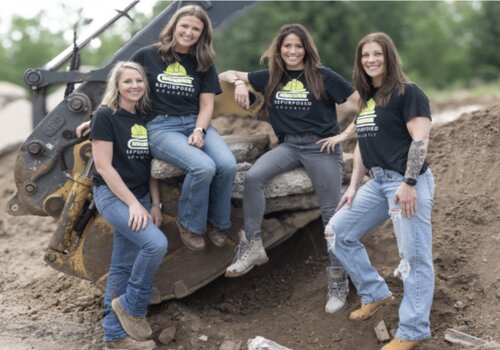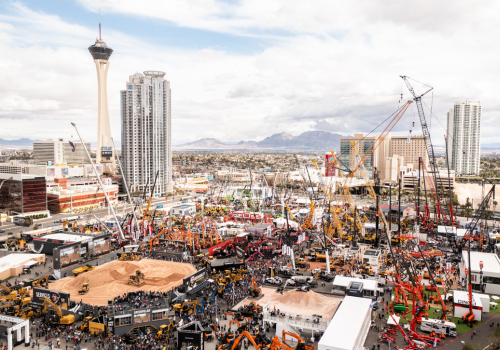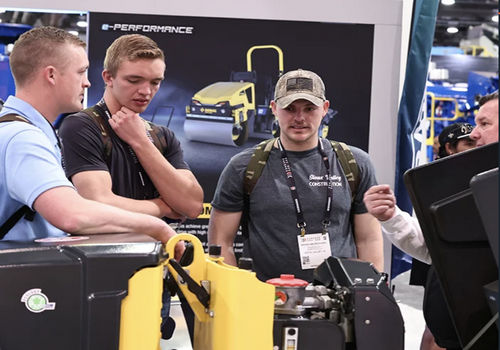Extreme weather is occurring more frequently and, when it affects your construction site, it’s a safety hazard to on-site personnel. If you don’t prepare for extreme weather, you and your crew may suffer a health issue, as well as work delays, fines and litigation.
The top types of extreme weather are extreme heat, extreme cold, high winds, heavy rain and lightning.
The best way to prepare for extreme weather is to make plans for each extreme weather type. Then clearly communicate it with team members several times in advance, so everyone is confident when reacting to extreme weather.
Extreme heat
Among all the extreme weather types, heat is the leading cause of death among construction workers. Extreme heat can cause heat stroke and death. According to the Bureau of Labor Statistics, heat stress killed more than 30 U.S. workers and seriously injured nearly 3,000 workers each year (from 1992-2017). Heat also exacerbates existing health conditions, such as asthma, kidney failure and heart disease.
Ensure workers regularly hydrate and spend time in places where they can get out of direct sunlight and cool off.
Extreme cold
When determining how to operate, consider more than just the ambient temperature; you must also consider wind speed and humidity. Wind speed creates a “wind chill” effect while humidity will conduct heat away from the body faster than dry air.
The two big personnel concerns when working in extreme cold are hypothermia and frostbite. According to Environment Canada, without adequate protection, workers are at risk of hypothermia and frostbite when the air temperature drops down below -23°F. At -40°F, exposed skin can freeze in five to 10 minutes, so always bring extra clothes and offer places for people to warm up.
Ice and snow can also negatively affect equipment and structures. The weight of snow can collapse structures and ice can freeze your equipment. So, remove excessive snow and store equipment under tarps and in heated environments.
High winds
According to the Occupational Safety and Health Administration (OSHA), a high wind is one that exceeds 40 mph (or 30 mph when using a mobile equipment working platform). If you anticipate winds to reach this speed, start tying everything down or moving it indoors. Brace building components. Even if the items on your construction site don’t blow away, they can be hit by items the wind picked up off-site.
In the case of a hurricane or tornado, you will need to get everyone off-site. People receive ample warning before a hurricane, so you can send them home before the hurricane hits. However, tornados offer little warning, so have a relocation site and regularly communicate it to everyone on the job site.
Heavy rain
Heavy rain can destabilize ground conditions and cause flooding. It is especially dangerous when working in a trench, near a waterway and at lower elevations where water could collect or run through.
Even operating heavy equipment during heavy rain can be dangerous because the equipment could get swept away, knocked over and become submerged.
Before heavy rain, identify locations on a job site that are susceptible to sediment runoff or flooding and set up extra drainage and shoring. Cover or move electrical equipment and anything that can be damaged by excessive water.
Lightning
Annually in the U.S., more than 300 people are struck by lightning, and about 1/6th of them die as a result. According to the Construction Safety Association of Manitoba, “lightning causes more fatalities than hail, wind, rain and tornados combined.”
Lightning can strike 10-15 miles away from thunderstorms. When working near a thunderstorm, follow the 30/30 rule. If the time between lightning and thunder is less than 30 seconds, seek shelter. Then wait at least 30 minutes after the last thunder. Never work on or near anything tall, including rooftops, scaffolding, trees and equipment, and never touch materials that easily conduct electricity.
Extreme weather will affect your job site. Avoid health and environmental emergencies by preparing contingency plans for extreme weather.
Photo credit: Nathan Medcalf












